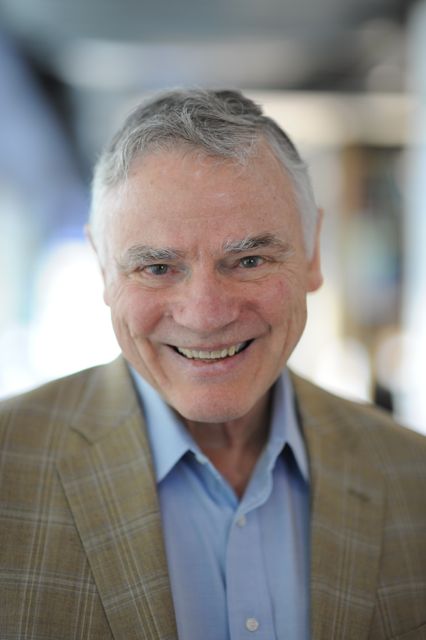Big Money, Big Science
 isbscience.org/news/2013/04/11/big-money-big-science/
isbscience.org/news/2013/04/11/big-money-big-science/
America’s most productive biologist on philanthropy’s role in science
Leroy Hood, M.D., Ph.D., is one of America’s most successful and distinguished scientist-inventors. Four devices he created proved instrumental in decoding the human genome. He pioneered the important new field of systems biology, which studies complex biological linkages and uses technology and mathematics to map and explain interrelationships. He has been awarded seven of the highest prizes in experimental science, and a dozen and a half companies have been spun off of his research work. On January 31, 2013 he spoke with Philanthropy magazine in Washington, D.C., about the crucial importance of private giving in making his scientific successes possible.
Philanthropy: You’ve been involved on the for-profit side of biomedical research, and you’ve been involved in the nonprofit side. What do you consider the distinct advantages of working with nonprofit funders when you’re pursuing this research?
Leroy Hood: Why don’t I tell you a little bit about my history, because I’ve seen that question from at least three different vantage points?
I was a faculty member at Caltech for 22 years, starting in 1970, and there my major interests were developing new technologies. Among other things, we developed the automated DNA sequencer that made the human-genome project possible. We also did a good deal of molecular immunology, molecular biology. And I would say, at Caltech, philanthropy played a really catalytic and interesting role in a number of ways. Perhaps the most spectacular was in the development of the automated DNA sequencer itself.
Philanthropy: How so?
Leroy Hood: In the early 1980s when we conceptualized the instrument but were just getting ready to develop it, we put in a number of grants to the National Institutes of Health in Washington. They got some of the worst scores the NIH had ever given. People said what we wanted to do was impossible, or they said, “Why do this? Grad students can do it more easily.”
So what I did was fashion together a really interesting consortium of philanthropy and business. The philanthropy was Sol Price. After making a lot of money he had helped start the Weingart Foundation that he guided for many years. What was terrific about Sol Price was he was really smart and flexible, and excited by innovation and new ideas. Read the interview…







